I started planning this trip back in January without anything more than a destination of Austin in mind. It was pretty easy to see that I’d spend some time in the Smokies revisiting a few places I’d enjoyed before, but after that I didn’t have much to build an agenda with. A friend (who has inspired me to write this blog and do more trips) did the Iron Butt National Park Tour Challenge last year and I realized looking for National Parks and Monuments to check out would be a good way to find some stuff to see in places I’d normally never go. In the end I only ended up with one National Monument stop, but it helped inform the rest of the trip and gave me a lot to think about.
Anniston, AL
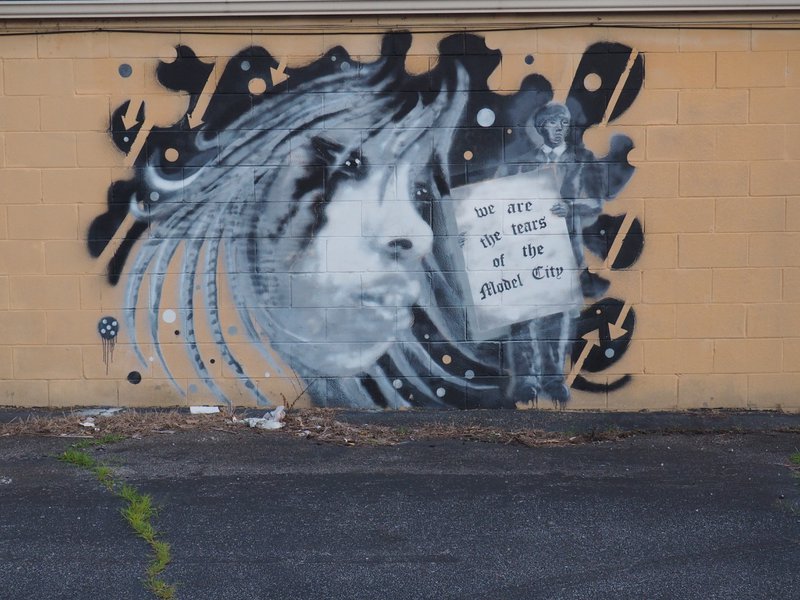
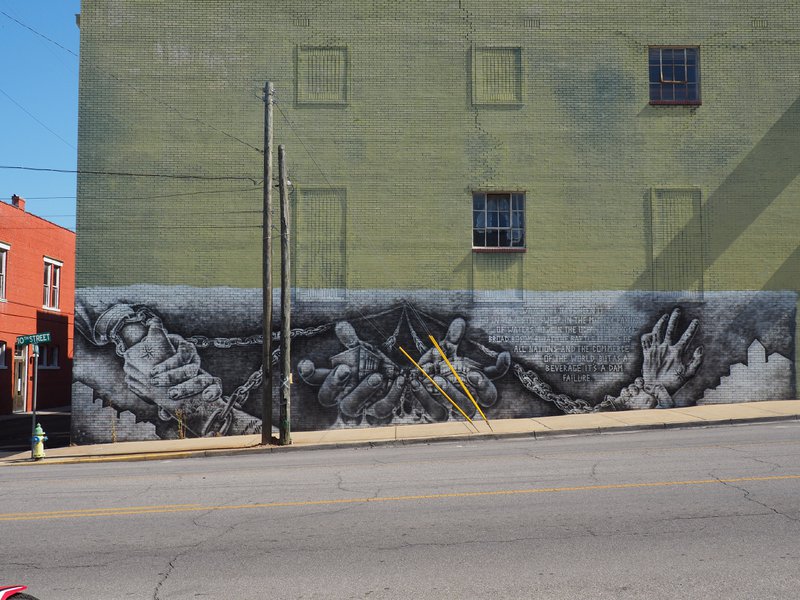
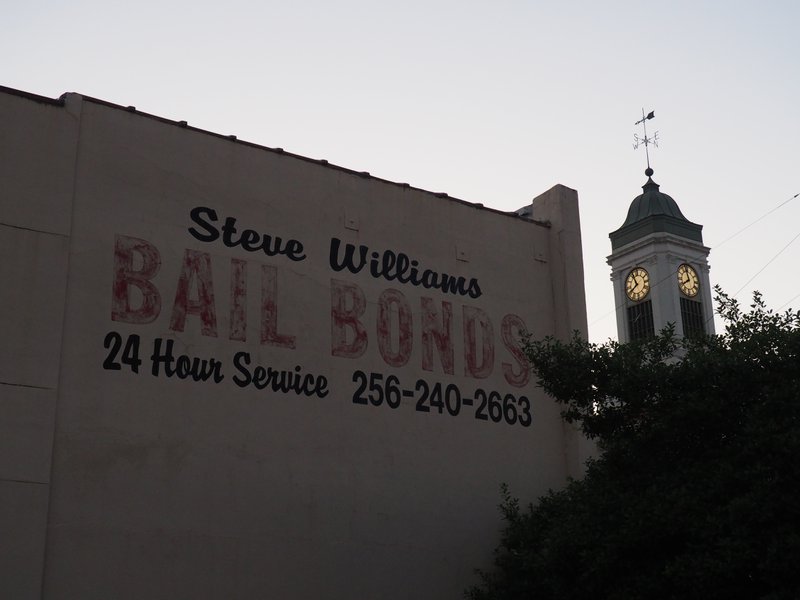
On Mothers Day 1961 two groups of “Freedom Riders” – non-violent black and white men and women – arrived in Anniston, AL on buses. They were testing a new ruling from the Supreme Court that said segregation on buses was illegal, and protesting Jim Crow laws that enforced segregation. The first bus was met by a white mob consisting of members of the KKK that attacked the bus and damaged it; while it was finally able to escape the bus terminal downtown, it broke down a few miles outside of town and the mob set upon it again, this time setting it on fire and attempting to hold the riders inside so they’d burn to death. The second bus arrived downtown an hour after the first: its riders were brutally beaten and forced to segregate on the bus, and to continue to ride on to Birmingham without medical assistance. Both attacks were aided by the local police chief.
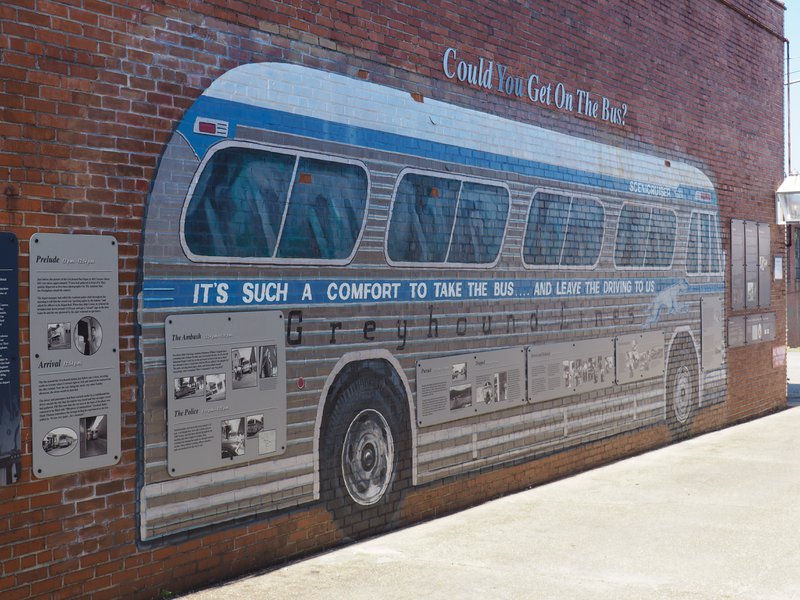

I’ve always known the civil rights era was violent, but it wasn’t until reading about the events in Anniston in 1961 that I really started to understand just how brutal the violence against blacks had been, and how much of it was enabled by people in positions of authority.
For most of the morning I followed the Anniston Civil Rights Trail, which describes various markers throughout the city related to these two specific attacks, plus a couple of other bloody events where whites tried to violently assert their supposed superiority over other human beings. Most of Alabama seemed to be in pretty serious decay, certainly in the more rural areas, and that’s visible walking around Anniston’s downtown where entire blocks of downtown seemed almost entirely abandoned. It was particularly eerie on a Sunday morning where most of the population seemed to be asleep or at church, because there were hardly any other people or cars around.
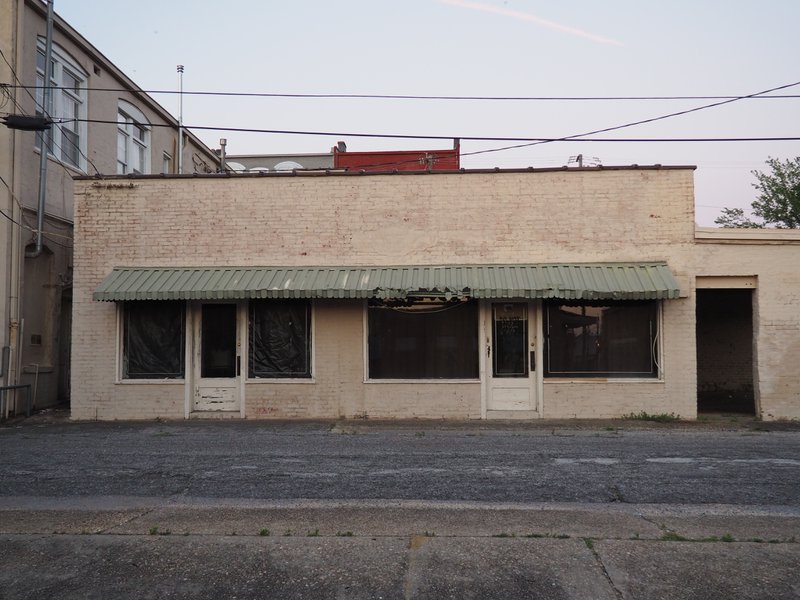
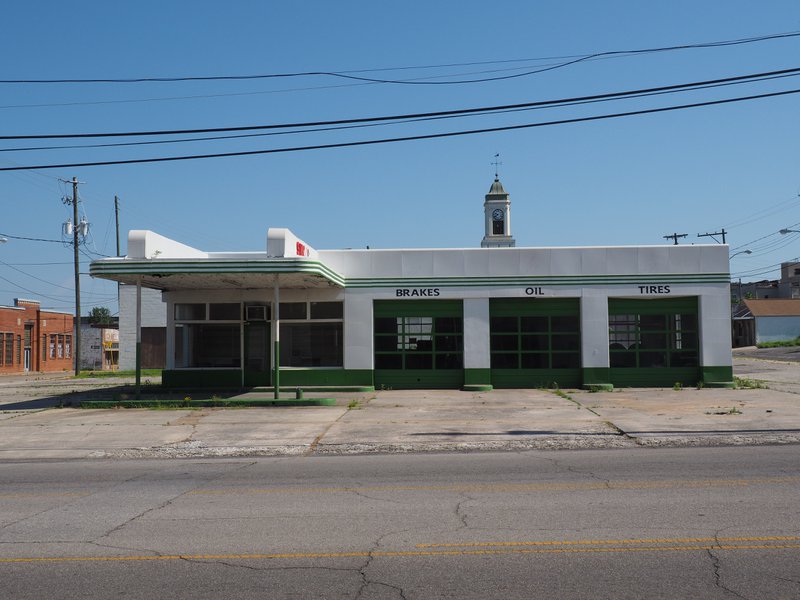
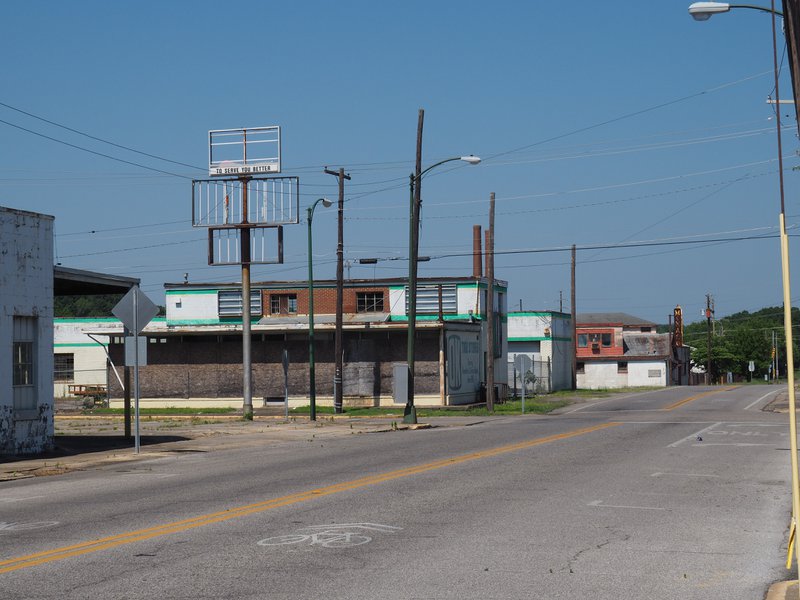
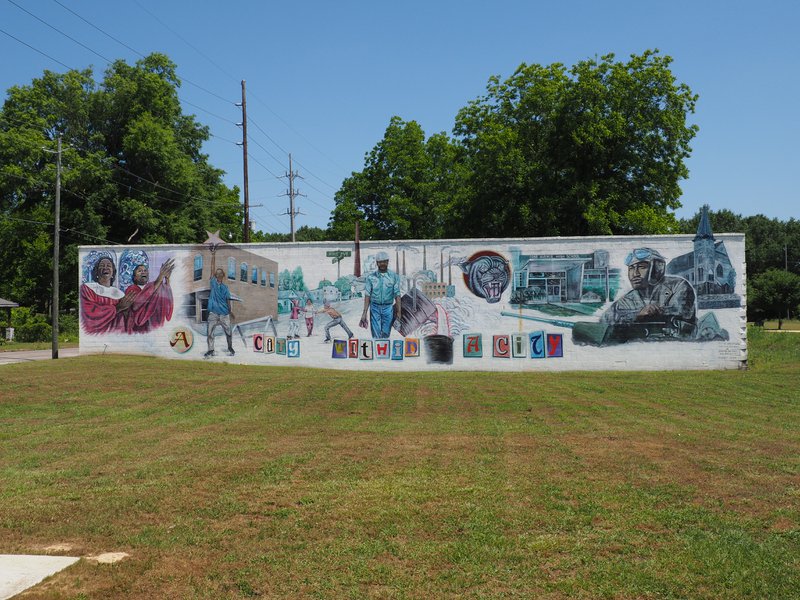
Selma, AL
After I finally pulled myself away from the horrors of Anniston, I had a fairly leisurely cruise through Talladega National Forest and stopped in Alexander City for a late lunch and to plan my stop for the night. I finally settled on a long haul with a late arrival in Gulfport, MS, in part because I was feeling a little time pressure from the time in Anniston, but also because despite Alabama’s considerable progress on black civil rights they’re actively goddamn awful at womens’ rights and I didn’t want to put any more money than necessary into their economy when they just passed the nation’s most restrictive anti-abortion law. My route took me around Montgomery (traffic and busy roads) and through Selma.
Selma’s another significant place in the civil rights movement of the 1960s. In 1965 civil rights leaders were working to get blacks the same voting rights as other citizens of the United States. The Rev. Dr. Martin Luther King, Jr. helped organize a protest march the 54 miles from Selma to the state capitol of Montgomery. The first attempt was met with mob violence by the local police/KKK (indistinguishable from one another at that point), but a second march – a few weeks later and with federal protection – was successful.
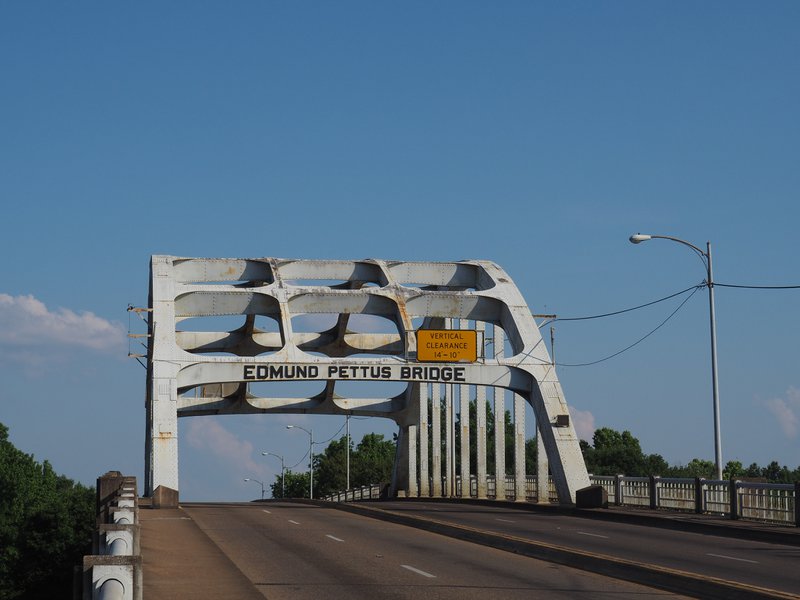
Shortly after leaving Selma I started listening to NPR’s White Lies podcast which investigates the murder of a civil rights worker in Selma shortly after the first march was violently suppressed. I’d added it to my queue a while ago without paying too much attention to the setting and I did a double-take when the intro played and I realized I’d just been through there.
We’ve come so far as a country in the last 50 years, but the white supremacy embraced by our current president and Republican party show how important it is to remain vigilant.